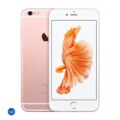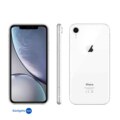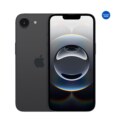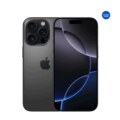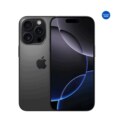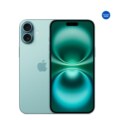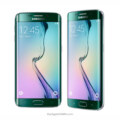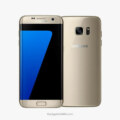Apple iPhone 11 Pro


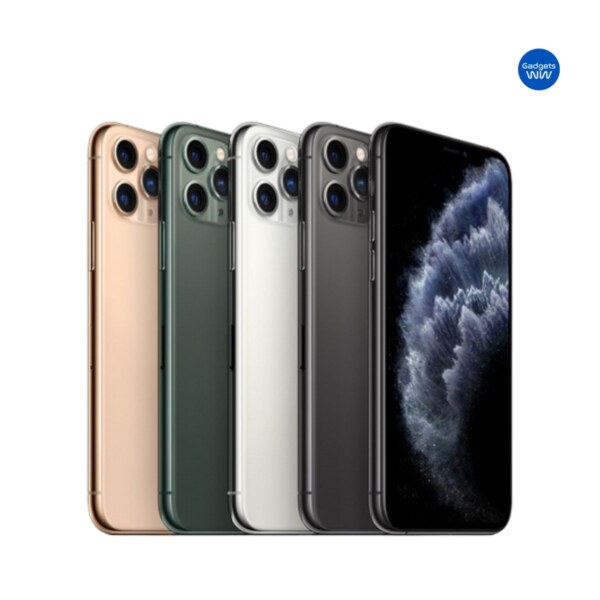
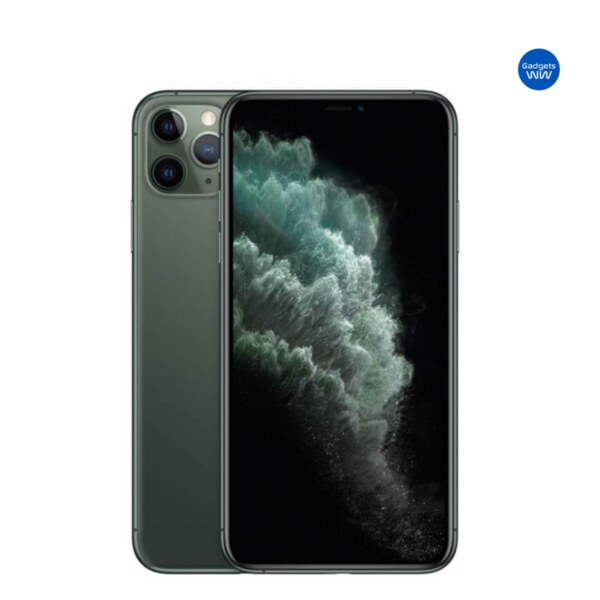

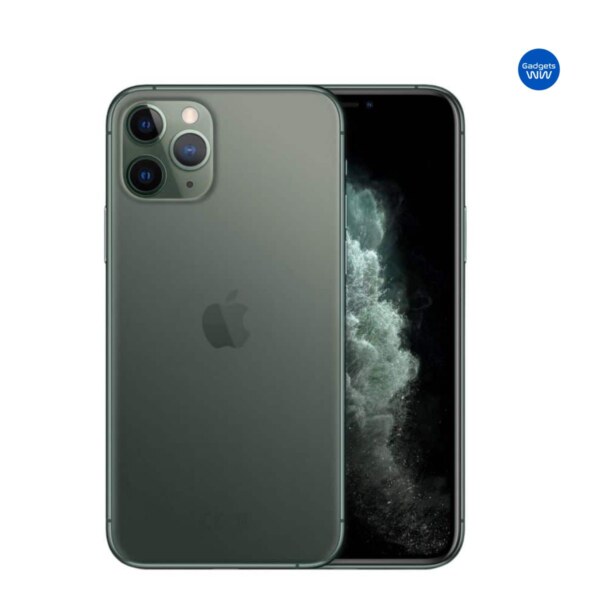
-
Display: 5.8" (1125x2436 pixels)
-
Processor: Apple A13 Bionic
-
Rear Camera: 12MP
-
RAM: 4GB
-
Storage: 64GB / 256GB / 512GB
-
OS: iOS 13, up to iOS 26.1
-
Battery: 3046mAh
PROS
- Superb triple-camera setup with Night Mode and Deep Fusion
- Blazing-fast A13 Bionic chip performance
- Gorgeous Super Retina XDR OLED display
- Long battery life with fast charging support
- Premium build quality with matte glass finish
- Improved Face ID and faster app performance
- Excellent video recording capabilities
CONS
- High price compared to competitors
- No major design overhaul from iPhone XS
- No 5G support (still on LTE)
- Base 64GB storage feels small for the “Pro” label
- Still lacks USB-C port (Lightning retained)
Apple iPhone 11 Pro Review: The Ultimate Powerhouse from Apple in 2019
When Apple unveiled the iPhone 11 Pro in September 2019, the tech world stood still for a moment. It wasn’t just another iPhone, it was a statement of precision engineering, camera mastery, and performance excellence. Designed for professionals and enthusiasts alike, the iPhone 11 Pro was Apple’s answer to the growing demand for a smartphone that could deliver uncompromising power, stunning photography, and unmatched build quality.
Let’s dive deep into what makes the iPhone 11 Pro stand out in 2019, its key features, pros and cons, and why it’s still a remarkable choice for those seeking the best from Apple.
Design and Build: Premium in Every Sense
From the very first glance, the iPhone 11 Pro radiates sophistication. It features a surgical-grade stainless steel frame wrapped in textured matte glass, a refreshing change from the glossy finishes of previous iPhones. The matte back not only enhances grip but also significantly reduces fingerprints.
Apple’s focus on craftsmanship is evident in the seamless blend of materials. The iPhone 11 Pro feels sturdy yet elegant, and its 5.8-inch form factor makes it perfect for one-handed use, something many flagship devices began losing in the era of larger screens.
Available in Midnight Green, Space Gray, Silver, and Gold, the color palette exudes class. The Midnight Green, in particular, became an instant favorite for its subtle luxury appeal.
Display: Super Retina XDR Brilliance
Apple introduced its most advanced display technology yet, the Super Retina XDR display, a 5.8-inch OLED panel that delivers extraordinary color accuracy, deeper blacks, and higher brightness levels.
With a resolution of 2436×1125 pixels and support for HDR10 and Dolby Vision, watching videos or playing games on the iPhone 11 Pro feels like holding a cinematic screen in your palm. Whether you’re editing photos, streaming Netflix, or scrolling through social media, every pixel pops with lifelike vibrancy.
The display can reach 800 nits of brightness outdoors and a staggering 1200 nits when viewing HDR content, making it perfect for any lighting condition.
Performance: The A13 Bionic Powerhouse
Under the hood, the A13 Bionic chip powers the iPhone 11 Pro, making it one of the fastest smartphones of its generation. Apple’s 7-nanometer architecture ensures not just raw speed but incredible efficiency.
Tasks like multitasking, gaming, and photo editing feel fluid and instantaneous. The A13 chip also plays a critical role in enhancing the camera system, enabling features like Smart HDR, Deep Fusion, and Night Mode through advanced machine learning.
Benchmarks at the time revealed that the iPhone 11 Pro easily outperformed many flagship competitors, from Samsung’s Galaxy S10+ to Google’s Pixel 4. Whether you’re gaming on Apple Arcade or rendering 4K videos, this device doesn’t break a sweat.
Camera: Triple-Lens Brilliance
The crown jewel of the iPhone 11 Pro is undoubtedly its triple-camera system. For the first time, Apple added three lenses, each with a specific role:
- 12MP Ultra-Wide (f/2.4), Captures four times more scene, perfect for landscapes and group shots.
- 12MP Wide (f/1.8), The main workhorse, delivering exceptional detail and color balance.
- 12MP Telephoto (f/2.0), Offers 2× optical zoom for portrait and distant photography.
This setup gives photographers and content creators unmatched flexibility. Apple also refined its image processing pipeline, introducing Deep Fusion, which combines multiple exposures for ultra-detailed photos.
Low-light performance was a major leap thanks to Night Mode, automatically triggered in dim environments. Photos taken in near-dark conditions now reveal sharpness, accurate colors, and minimal noise, something unimaginable on earlier iPhones.
The front-facing 12MP TrueDepth camera also received an upgrade, allowing 4K video recording and slow-motion selfies (dubbed “slofies”).
For video, Apple remains king, the iPhone 11 Pro captures 4K at 60fps across all lenses, with remarkable stabilization and dynamic range.
Battery Life and Charging: Finally, a Big Boost
Apple’s previous iPhones often struggled to last through a full day. The iPhone 11 Pro changed that narrative completely. With a larger battery and the power efficiency of the A13 Bionic, users could now enjoy up to 4 more hours of use compared to the iPhone XS.
Apple also included a fast 18W charger in the box, a welcome upgrade for long-time iPhone users accustomed to slower charging. The phone can go from 0% to around 50% in just 30 minutes.
Wireless charging is supported via the Qi standard, and battery optimization features ensure longevity over time.
Software Experience: iOS 13 and Beyond
The iPhone 11 Pro launched with iOS 13, bringing Dark Mode, improved privacy controls, and redesigned native apps. Combined with Apple’s ecosystem, iCloud, iMessage, FaceTime, and AirDrop, it offers an integrated and seamless experience unmatched by competitors.
Face ID is faster than ever, working at wider angles and under varied lighting. The performance optimizations also make app launches up to 30% faster than before.
And as always, Apple promises years of software support, ensuring your iPhone 11 Pro stays relevant and secure for a long time.
Audio and Multimedia
Apple continued to refine its audio experience with the spatial audio and Dolby Atmos features, making the iPhone 11 Pro an entertainment powerhouse. Movies and music sound more immersive, and calls remain crystal clear thanks to improved microphones and stereo playback.
Although the 3.5mm headphone jack remained absent, Apple’s wireless ecosystem, led by the AirPods and AirPods Pro, made transitioning to Bluetooth audio seamless.
Storage Options and Price
At launch, the iPhone 11 Pro was available in 64GB, 256GB, and 512GB storage configurations. While the base model might seem limited, Apple’s cloud ecosystem balanced it well for most users.
The starting price in 2019 was $999 in the United States, which converted to roughly £1,049 in the UK, ₦363,000 in Nigeria, and ₹99,900 in India at launch. The pricing firmly positioned it in the premium flagship category, but for many, the performance and reliability justified the cost.
Pros and Cons of the iPhone 11 Pro
✅ Pros:
- Superb triple-camera setup with Night Mode and Deep Fusion
- Blazing-fast A13 Bionic chip performance
- Gorgeous Super Retina XDR OLED display
- Long battery life with fast charging support
- Premium build quality with matte glass finish
- Improved Face ID and faster app performance
- Excellent video recording capabilities
❌ Cons:
- High price compared to competitors
- No major design overhaul from iPhone XS
- No 5G support (still on LTE)
- Base 64GB storage feels small for the “Pro” label
- Still lacks USB-C port (Lightning retained)
Conclusion: A Pro in Every Way
The iPhone 11 Pro marked a turning point for Apple, not just another yearly upgrade, but a clear commitment to professional-grade mobile technology. It balanced style, substance, and performance like few other smartphones could.
For photographers, videographers, and power users, the iPhone 11 Pro remains an incredible tool, compact, reliable, and feature-rich. Even casual users benefited from its improved battery, stellar camera, and smooth software.
In 2019, Apple didn’t just release another iPhone. It released a Pro-level experience that set the benchmark for what a premium smartphone should be.
Specs
LAUNCH
| Announced | 2019, September 10 |
| Availability | Available. Released 2019, September 20 |
NETWORK
| 2G Bands | GSM 850 / 900 / 1800 / 1900 CDMA 800 / 1900 |
| 3G Bands | HSDPA 850 / 900 / 1700(AWS) / 1900 / 2100 CDMA2000 1xEV-DO |
| 4G Bands | 1, 2, 3, 4, 5, 7, 8, 11, 12, 13, 17, 18, 19, 20, 21, 25, 26, 28, 29, 30, 32, 34, 38, 39, 40, 41, 42, 46, 48, 66 - A2215 1, 2, 3, 4, 5, 7, 8, 12, 13, 14, 17, 18, 19, 20, 25, 26, 29, 30, 34, 38, 39, 40, 41, 42, 46, 48, 66, 71 - A2160, A2217 |
| Speed | HSPA, LTE 1.6 Gbps DL, EV-DO Rev.A 3.1 Mbps |
| Technology | GSM / CDMA / HSPA / EVDO / LTE |
DESIGN
| Measurements | 144 x 71.4 x 8.1 mm (5.67 x 2.81 x 0.32 in) |
| Weight | 188 g (6.63 oz) |
| Build | Glass front (Corning-made glass), glass back (Corning-made glass), stainless steel frame |
| SIM | · Nano-SIM + eSIM · Nano-SIM + Nano-SIM (China) IP68 dust tight and water resistant (immersible up to 4m for 30 min) Apple Pay (Visa, MasterCard, AMEX certified) |
DISPLAY
| Type | Super Retina XDR OLED, HDR10, Dolby Vision, 800 nits (HBM), 1200 nits (peak) |
| Size | 5.8 inches, 84.4 cm2 (~82.1% screen-to-body ratio) |
| Resolution | 1125 x 2436 pixels, 19.5:9 ratio (~458 ppi density) |
| Protection | Scratch-resistant glass |
PLATFORM
| OS | iOS 13, upgradable to iOS 26.1 |
| Chipset | Apple A13 Bionic (7 nm+) |
| CPU | Hexa-core (2x2.65 GHz Lightning + 4x1.8 GHz Thunder) |
| GPU | Apple GPU (4-core graphics) |
MEMORY
| Card Slot | No |
| Internal | 64GB 4GB RAM, 256GB 4GB RAM, 512GB 4GB RAM NVMe |
REAR CAMERA
| Triple | 12 MP, f/1.8, 26mm (wide), 1/2.55", 1.4µm, dual pixel PDAF, OIS 12 MP, f/2.0, 52mm (telephoto), 1/3.4", 1.0µm, PDAF, OIS, 2x optical zoom 12 MP, f/2.4, 120˚, 13mm (ultrawide), 1/3.6" |
| Features | Dual-LED dual-tone flash, HDR (photo/panorama) |
| Video | 4K@24/25/30/60fps, 1080p@25/30/60/120/240fps, HDR, stereo sound rec. |
SELFIE CAMERA
| Single | 12 MP, f/2.2, 23mm (wide), 1/3.6", 1.0µm SL 3D, (depth/biometrics sensor) |
| Features | HDR |
| Video | 4K@24/25/30/60fps, 1080p@25/30/60/120fps, gyro-EIS |
SOUND
| Loudspeaker | Yes, with stereo speakers |
| 3.5mm Jack | No |
COMMUNICATION
| WLAN | Wi-Fi 802.11 a/b/g/n/ac/6, dual-band, hotspot |
| Bluetooth | 5.0, A2DP, LE |
| Positioning | GPS, GLONASS, GALILEO, QZSS |
| NFC | Yes |
| Radio | No |
| USB | Lightning, USB 2.0 |
FEATURES
| Sensors | Face ID, accelerometer, gyro, proximity, compass, barometer Ultra Wideband (UWB) support |
BATTERY
| Kind | Li-Ion 3046 mAh, non-removable (11.67 Wh) |
| Charging | Wired, PD2.0, 50% in 30 min Wireless (Qi) |
OTHERS
| Colors | Matte Space Gray, Matte Silver, Matte Gold, Matte Midnight Green |
| Models | A2215, A2160, A2217, iPhone12,3 |
| SAR | 1.18 W/kg (head) 1.16 W/kg (body) |
| SAR EU | 0.99 W/kg (head) 0.99 W/kg (body) |
PRICE
| Nigeria | ₦363,000 |
| UK | £1,049 |
| USA | $999 |
| India | ₹99,900 |
EU LABEL
Reviews
Disclaimer Note
The reviews, opinions, and information shared on this blog are based on personal experiences, research, and available product details at the time of writing. While we strive to provide accurate and up-to-date information, we cannot guarantee that all specifications, prices, or features remain current.


